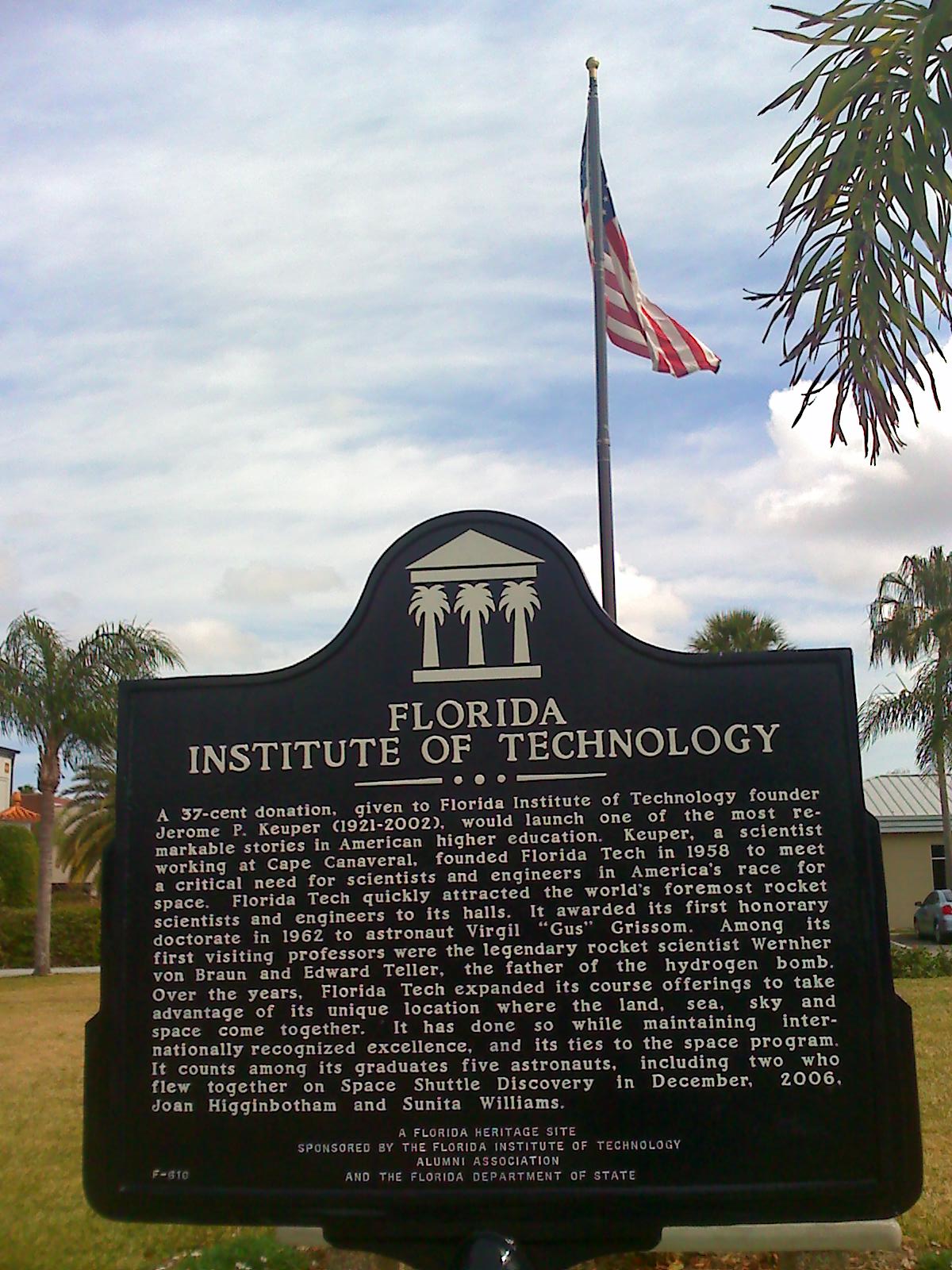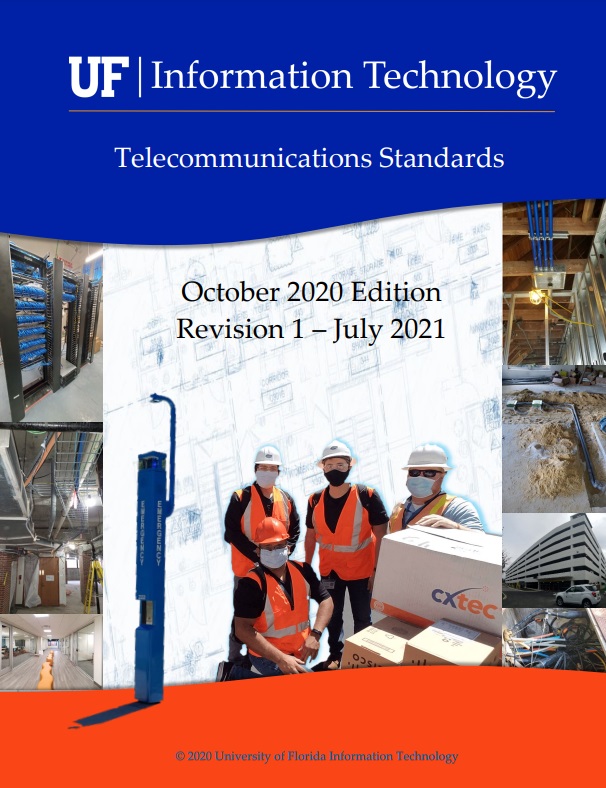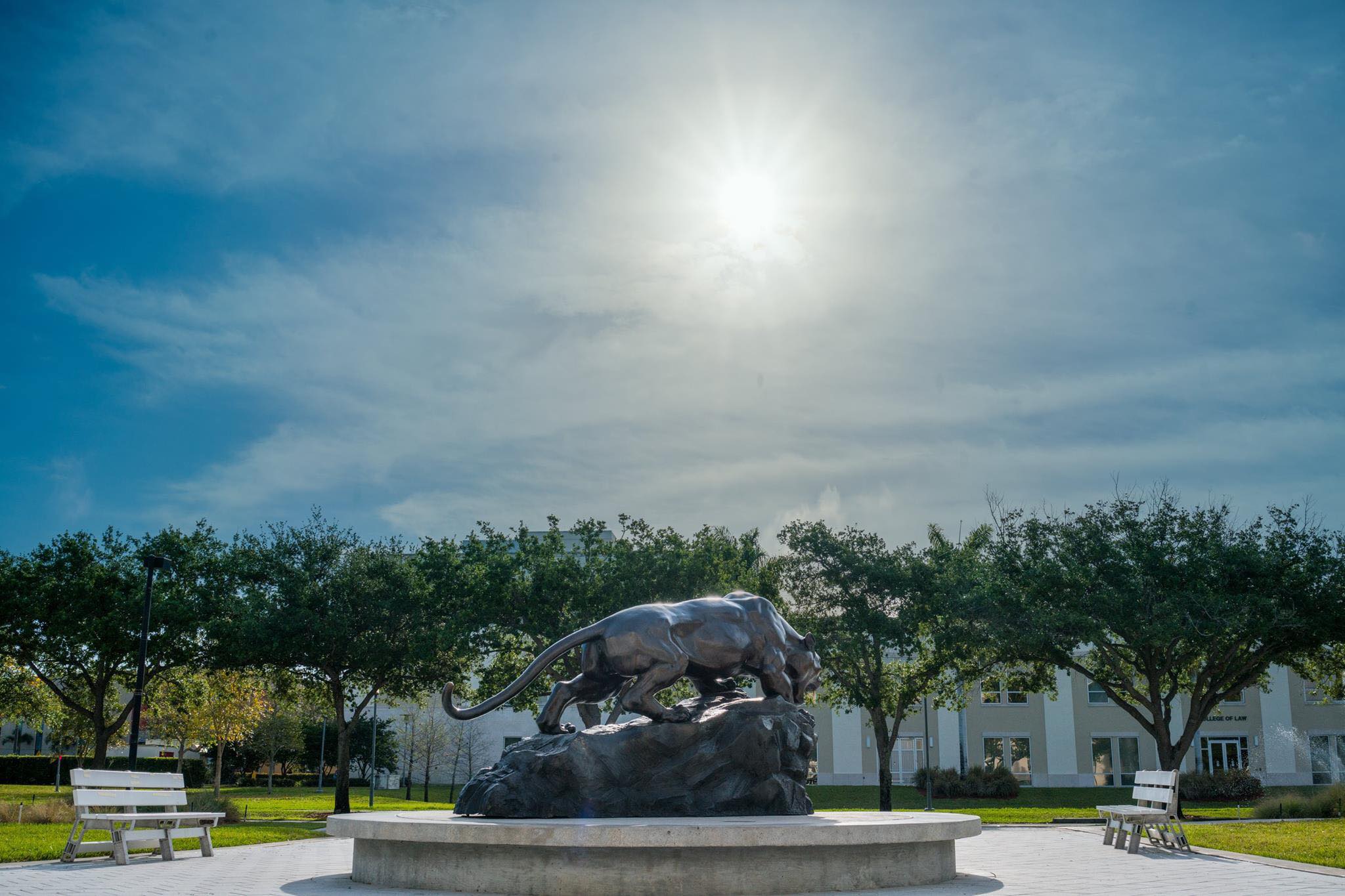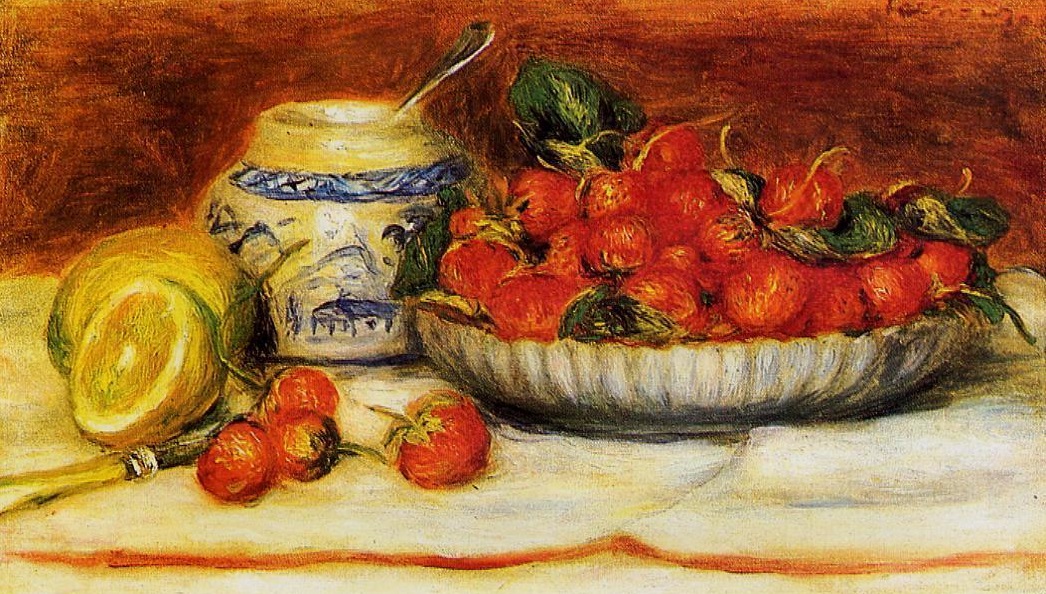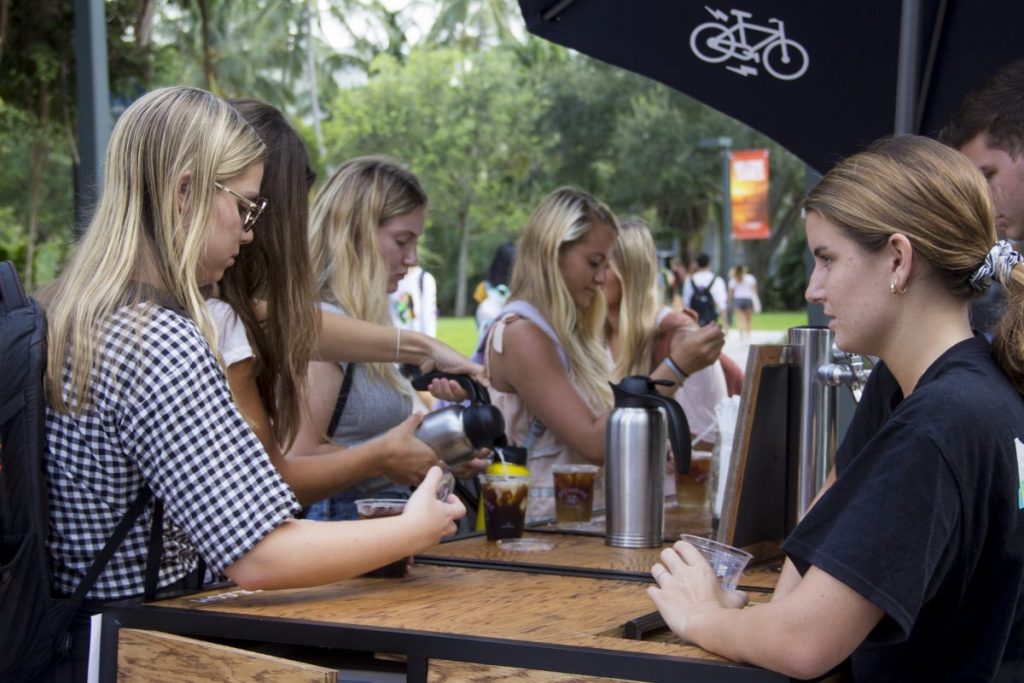“Wireless Telegraphy” 1899|Guglielmo Marconi
Derek T. Otermat – Ivica Kostanic – Carlos E. Otero
Electrical and Computer Engineering Department, Florida Institute of Technology
Abstract. The analysis presented in this paper indicates that the FM radio spectrum is underutilized in the areas of the continental United States that have a population of 100000 or less. These locations have vacant FM radio spectrum of at least 13 MHz with sufficient spectrum spacing between adjacent FM radio channels. The spectrum spacing provides the required bandwidth for data transmission and provides enough bandwidth to minimize interference introduced by neighboring predicted and unpredicted FM radio stations and other low-power short-range Internet of Thing (IoT) devices. To ensure that low-power short-range IoT devices maintain reliable communications vacant radio spectrum, such as the FM radio spectrum in these areas, will need to be used through cognitive radio.
CLICK HERE to order complete paper.
Related:
Northwestern University: Internet of Things and Edge Computing




